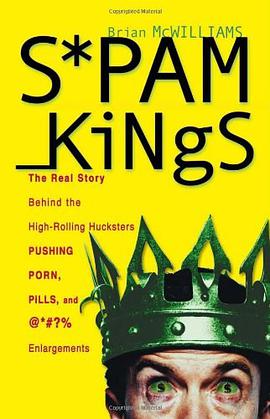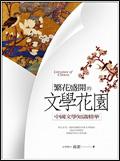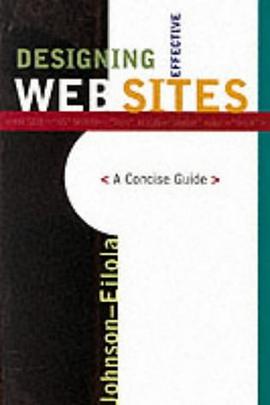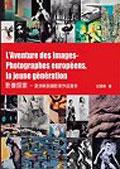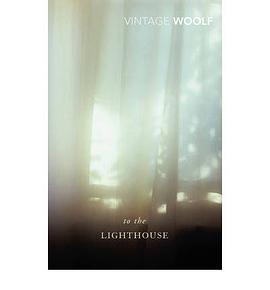

具体描述
The serene and maternal Mrs Ramsay, the tragic yet absurd Mr Ramsay, together with their children and assorted guests, are holidaying on the Isle of Skye. From the seemingly trivial postponement of a visit to a nearby lighthouse Virginia Woolf constructs a remarkable and moving examination of the complex tensions and allegiances of family life, and the conflict between male and female principles. One of the great literary achievements of the twentieth century, To the Lighthouse is often cited as Virginia Woolf's most popular novel.
作者简介
Virginia Woolf was born in London in 1882, the daughter of Sir Leslie Stephen, first editor of The Dictionary of National Biography. After his death in 1904 Virginia and her sister, the painter Vanessa Bell, moved to Bloomsbury and became the centre of 'The Bloomsbury Group'. This informal collective of artists and writers which included Lytton Strachey and Roger Fry, exerted a powerful influence over early twentieth-century British culture. In 1912 Virginia married Leonard Woolf, a writer and social reformer. Three years later, her first novel The Voyage Out was published, followed by Night and Day (1919) and Jacob's Room (1922). These first novels show the development of Virginia Woolf's distinctive and innovative narrative style. It was during this time that she and Leonard Woolf founded The Hogarth Press with the publication of the co-authored Two Stories in 1917, hand-printed in the dining room of their house in Surrey. Between 1925 and 1931 Virginia Woolf produced what are now regarded as her finest masterpieces, from Mrs Dalloway (1925) to the poetic and highly experimental novel The Waves (1931). She also maintained an astonishing output of literary criticism, short fiction, journalism and biography, including the playfully subversive Orlando (1928) and A Room of One's Own (1929) a passionate feminist essay. This intense creative productivity was often matched by periods of mental illness, from which she had suffered since her mother's death in 1895. On 28 March 1941, a few months before the publication of her final novel, Between the Acts, Virginia Woolf committed suicide.
目录信息
读后感
作者企图在这部书中探讨人生的意义和自我的本质。是否有可能在不牺牲自我的个性特征这个前提之下来获得人与人之间的相互谅解和同情?自我是否有可能在一片混沌之中认识和把握真实,在一个混乱的时代里建立起某种秩序?自我是否有可能逃脱流逝不息的时间的魔掌,不顾死亡的威胁而...
评分前言 止庵 伯·布莱克斯东在《弗吉尼亚·吴尔夫:一篇评论》中说:“阅读了《灯塔》之后再来阅读任何一本普通的小说,会使你觉得自己是离开了白天的光芒而投身到木偶和纸板做成的世界中去。”这代表了有关《到灯塔去》的一种看法;读过此书的读者,也许还有别的...
评分生命总是用来叹息的。如果没有这么细碎的言语和情节,到不到灯塔去都无所谓,毕竟,它就仅仅是一个有着黄色眼镜的灰色人。可是,它在瞭望,在黑夜中指明方向,如同拉姆齐夫人人性的光辉在闪耀,让人憧憬和向往。热爱生命,尊重生命来得不但不易,在时光的流逝中我们更得抓紧去...
评分最喜欢的伍尔夫作品。 2012年十月写的。 三个部分。第一部分:窗,最长。但是所叙述的实际时间段也就是一个下午加一个晚上(不到一天)。第二部分:岁月流逝,较短,所叙述的实际时间段是十年。第三部分:灯塔,实际时长大约是一个上午。在第二部分和第三部分中,拉姆齐夫人...
用户评价
“And all the lives we ever lived and all the lives to be Are full of trees and changing leaves"
评分天才。‘the symbol is not in the poem; the symbol is the poem'
评分How life, from being made up of little separate incidents which one lived one by one, became curled and whole like a wave which bore one up with it and threw one down with it, there, with a dash on the beach.
评分“And all the lives we ever lived and all the lives to be Are full of trees and changing leaves"
评分天才。‘the symbol is not in the poem; the symbol is the poem'
相关图书
本站所有内容均为互联网搜索引擎提供的公开搜索信息,本站不存储任何数据与内容,任何内容与数据均与本站无关,如有需要请联系相关搜索引擎包括但不限于百度,google,bing,sogou 等
© 2025 book.quotespace.org All Rights Reserved. 小美书屋 版权所有

